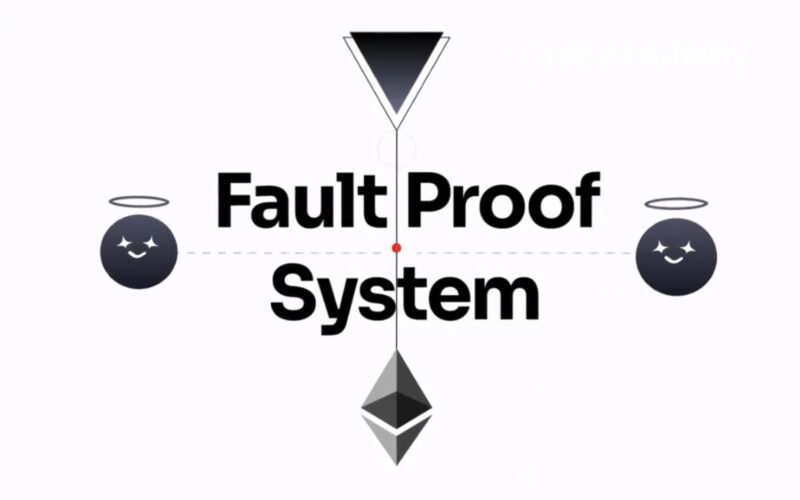Optimism Integrates ‘Fault Proofs’ for Enhanced Security and Transaction Verification
Optimism, a layer 2 blockchain aiming to improve Ethereum transactions, has recently achieved a significant milestone with the integration of ‘fault proofs’ on its mainnet.
This long-awaited technology has been at the core of Optimism’s design but was missing until now, leaving the platform vulnerable to criticism regarding the security and reliability of its transactions.
Strengthening Security on Optimism with Fault Proofs
‘Fault proofs’ are crucial for maintaining the integrity of chains based on Optimism. They prevent layer 2 operators from sending inaccurate transaction data to the Ethereum blockchain.
This function is not only crucial for security but also for the decentralized withdrawal mechanism of the network. The addition of this functionality aims to align Optimism with other second-layer rollups that already integrate similar proof technologies to secure transactions and withdrawals by their users.
Details and Operation of Fault Proofs
Layer 2 rollups like Optimism have become a preferred method for conducting transactions on the notoriously costly Ethereum blockchain. A user’s transactions are batched with those of other users before being recorded in blocks on the Ethereum transaction ledger.
‘Fault proofs’ play a crucial role in this process, providing a cryptographic method for Ethereum observers to verify whether transaction details have been accurately recorded. This is particularly relevant for withdrawals, allowing users to trust Ethereum rather than the rollup to withdraw their funds from layer 2.
Improvements and Future Perspectives
The development of ‘fault proofs’ has been a challenging journey for the Optimism team, as described by OP Labs CEO Karl Floersch, who explains the complete system rewrite process following the discovery of issues in 2021. The revised system was tested on Optimism’s Sepolia testnet and underwent an audit by blockchain security firm Sherlock, revealing and fixing some bugs.
The integration of ‘fault proofs’ will not only benefit Optimism but also other chains using Optimism’s OP stack, such as Blast and Base. This update is described as significant by Floersch, who also foresees a speedy implementation on Coinbase’s Base blockchain.
Towards Full Decentralization
With this update, Optimism introduces what it calls ‘Stage 1 decentralization,’ where the Security Council remains in place to intervene in case of fault proofs system failure. The long-term objective is to achieve ‘Stage 2 decentralization,’ where the network can operate autonomously without any intervention from the Security Council. Floersch highlights that the team is actively working towards these Stage 2 goals, although no precise timeline has been provided for the realization of this ultimate vision.




